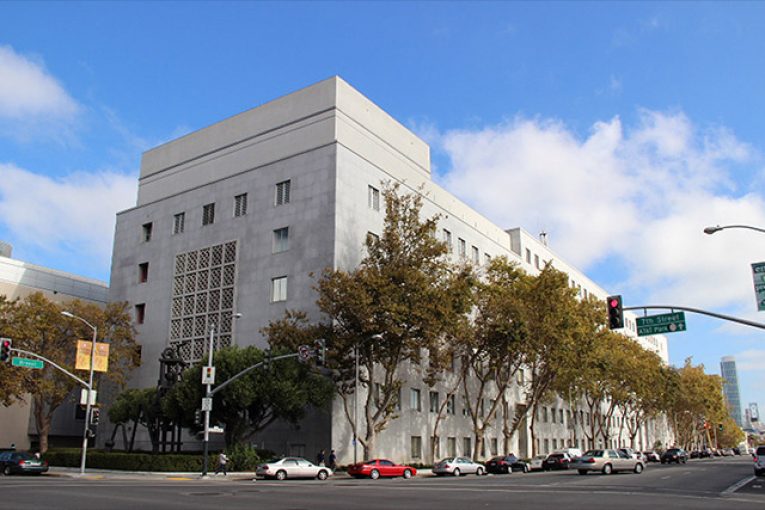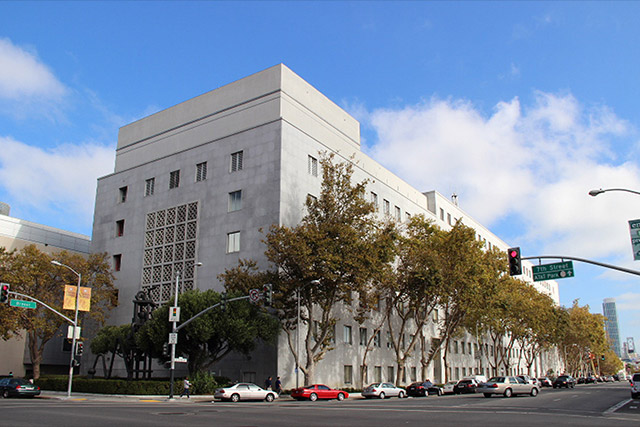

By Lauren Bradley, Matthew Bacon, and Samantha Kancigor
The San Francisco District Attorney’s Office is quickly moving forward with presenting their case against Willie Flannigan, also known as Marquise or Maurice Johnson, who has been accused of assaulting a police officer with a motor vehicle. The case is of high importance to the San Francisco Police Department because the victim, Officer Elia Lewin-Tankel, was hospitalized due to severe injuries after being hit by the vehicle.
It remains unclear what information led to the identification of the defendant as the suspect at large. From the beginning, they had a name to compare fingerprints instead of using a database to sift through hundreds of thousands of names.
Wednesday, June 19, 2019, the prosecution called multiple crime scene investigators to the stand to testify regarding collection and identification of fingerprints from the Lexus vehicle at issue in a hit-and-run of a police officer. Prints were recovered from the driver’s side exterior door, from the tailgate of the vehicle, and from the driver rear passenger door as well as from the inside of the exterior driver’s side door handle.
Defense counsel questioned Sergeant Lyn O’Connor regarding the process she used to identify the fingerprints. Sergeant O’Connor testified that she and two other officers were dispatched to the scene on Fell Street. From first glance at the car, it was discovered to be the car that was involved in the incident concerning Officer Elia Lewin-Tankel. The car was described to be a light-colored Lexus SUV and was parked on the Panhandle side of the street. The rear wheel was up on the curb and visible damage was clear on the driver’s side of the vehicle.
Short hairs were found to be embedded in the paint on the fender as well as fingerprints on the driver’s door handle, rear passenger door, and the tailgate. Sergeant O’Connor then took the hair fibers to be processed and used magnetic  fingerprint powders and lift tape to physically remove the fingerprints to be analyzed and identified.
fingerprint powders and lift tape to physically remove the fingerprints to be analyzed and identified.
The left palm print on the exterior of the driver’s door as well as the fingerprints on the tailgate were identified to belong to Flannigan, while the rear passenger door palm print was identified to belong to a man named Edward Harvey. It was established that Sergeant O’Connor did not run the fingerprints through the Automatic Fingerprint Identification System (AFIS), but instead did a side by side comparison, comparing the fingerprints from the vehicle with known suspect fingerprints belonging to Marquise Johnson, a.k.a. Willie Flannigan.
Inspector Ronan Schuldice, another veteran crime scene investigator, testified after Sergeant O’Connor, verifying that he oversaw O’Connor’s work and validated that the fingerprints did belong to Mr. Flannigan. Inspector Schuldice was asked about the confirmation process that investigators must perform in order to determine the validity of a fingerprint match by Jameson, Deputy Public Defender Alex Lillien, and a few members of the jury. He responded to the questions diligently and provided the courtroom with information about how the conclusions regarding the fingerprints were eventually met.
Officer Kenneth Syrin testified following Schuldice, and stated he was the officer that was called initially to investigate the scene after the incident had occurred. He described seeing officer Lewin-Tankel’s mangled bike with plastic and metal debris around it, and a moving van double parked in close proximity to the bike. He explained how he and the SFPD traffic collision investigation unit worked together in determining what and who had struck Officer Lewin-Tankel. He was only asked questions regarding his initial investigation, as well as being asked to present the damaged bicycle to the jury.
During the cross-examination of Lieutenant Jonas who did the cold-show identification at the scene, Mr. Lilien asked whether the lieutenant knew of a confidential informant that may have provided the name of the defendant to the police. Lieutenant Jonas stated he was unaware of that information at the time he responded to the incident.
A crucial piece of information remains unknown: whether a confidential informant provided the suspect’s name in the first place and to whom they communicated this information. The defendant had previously filed a civil lawsuit against officers who, at Tenderloin Station, allegedly used excessive force against him in a prior interaction with the police. Many of the same officers who responded to the scene after Officer Lewin-Tankel was struck with the Lexus SUV also work in Tenderloin Station.
Wednesday’s proceedings concluded with the testimony of Sergeant Matthew Sullivan, who conducted surveillance in order to detain the defendant. Sergeant Sullivan received a phone call from Sergeant Mason, who provided the suspect’s name and had received a department-wide email from Sergeant Maguire containing the suspect’s mugshot. However, Sergeant Sullivan was not able to identify the initial source of the information he was provided about the defendant. The defendant was identified as the suspect, and, upon search of his person, a Lexus key attached to a lanyard was recovered.
There are still more witnesses that need to testify, however, the judge predicts that the trial as a whole will move much faster than initially expected.





